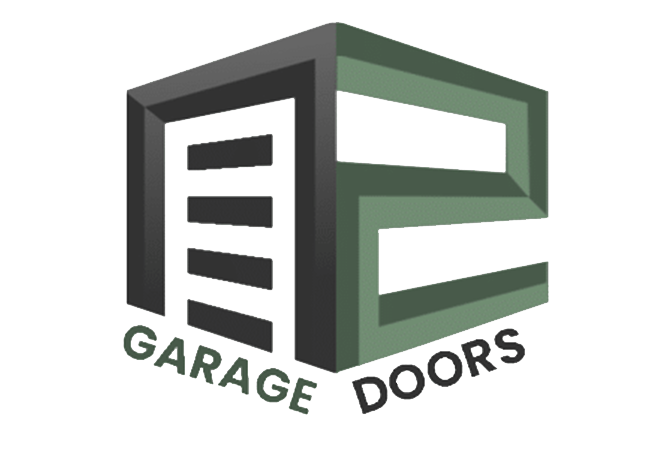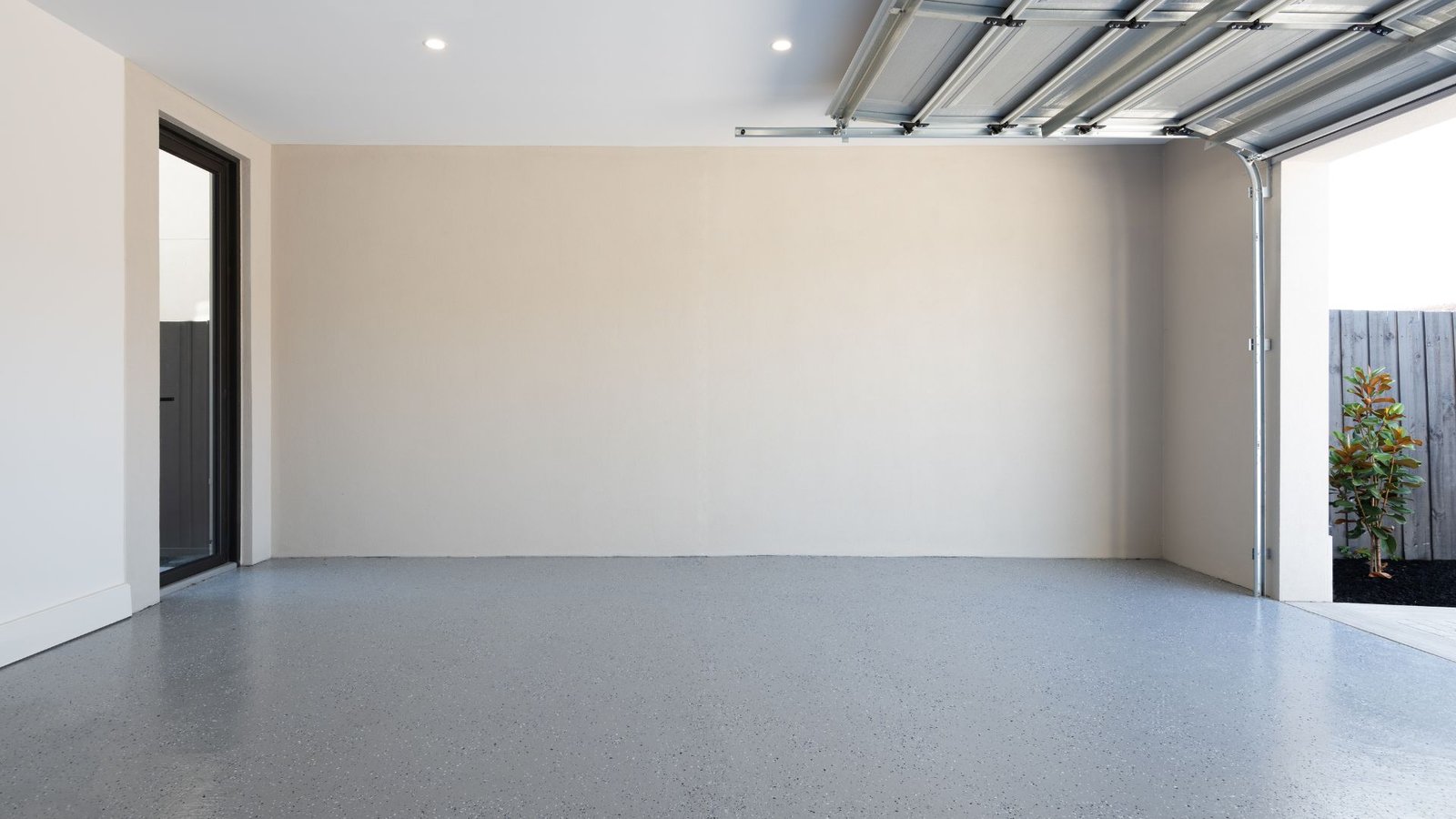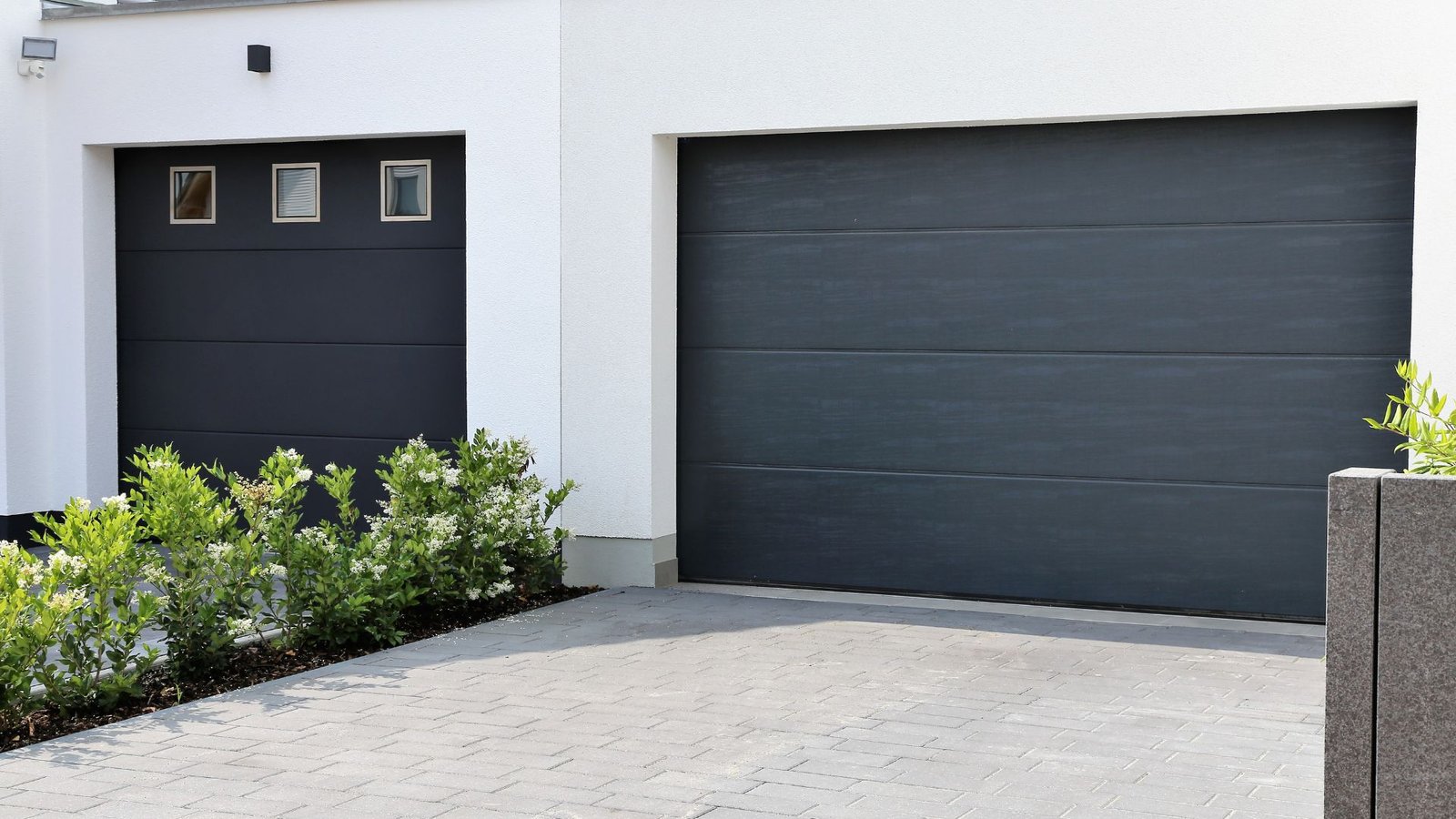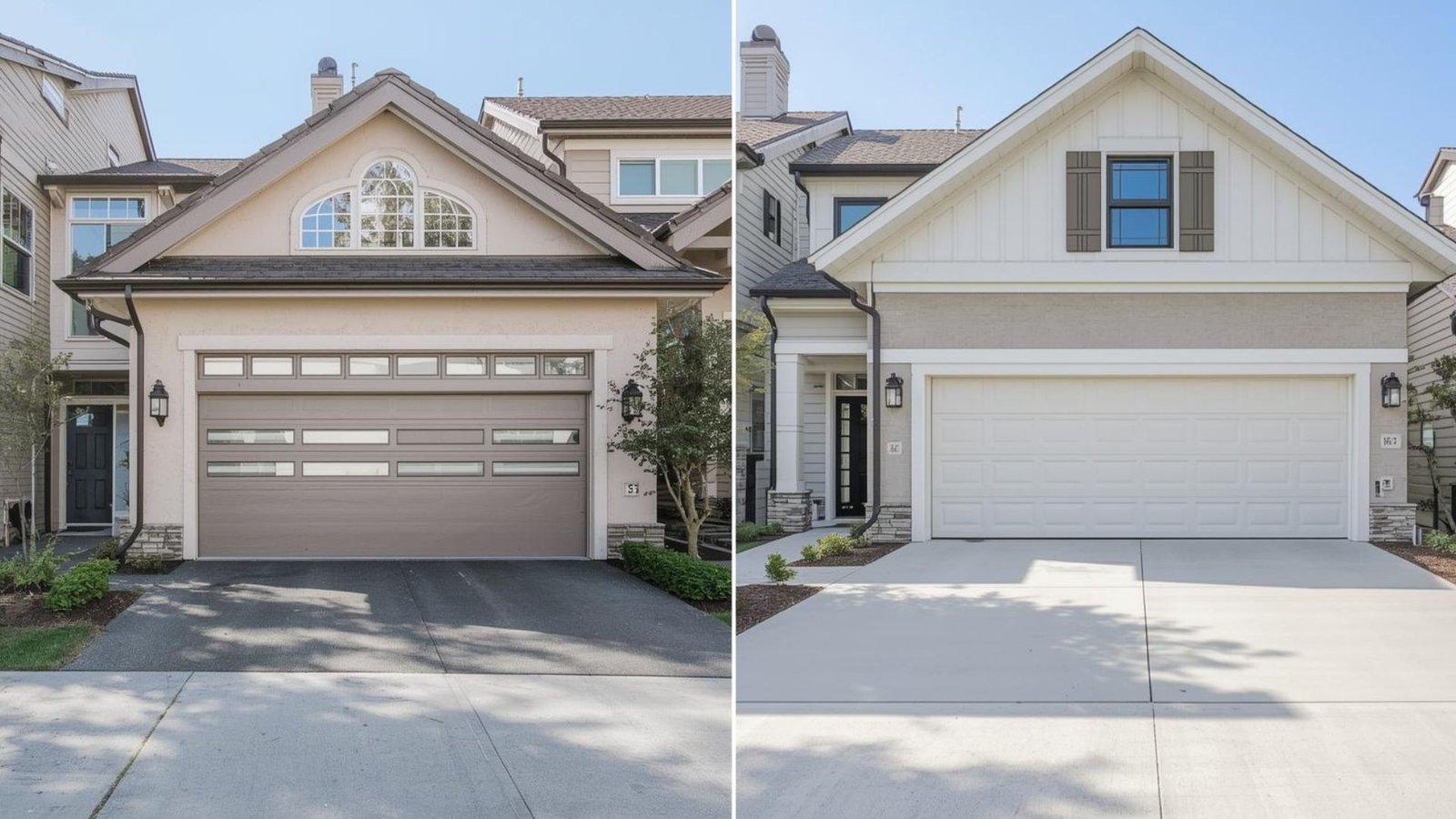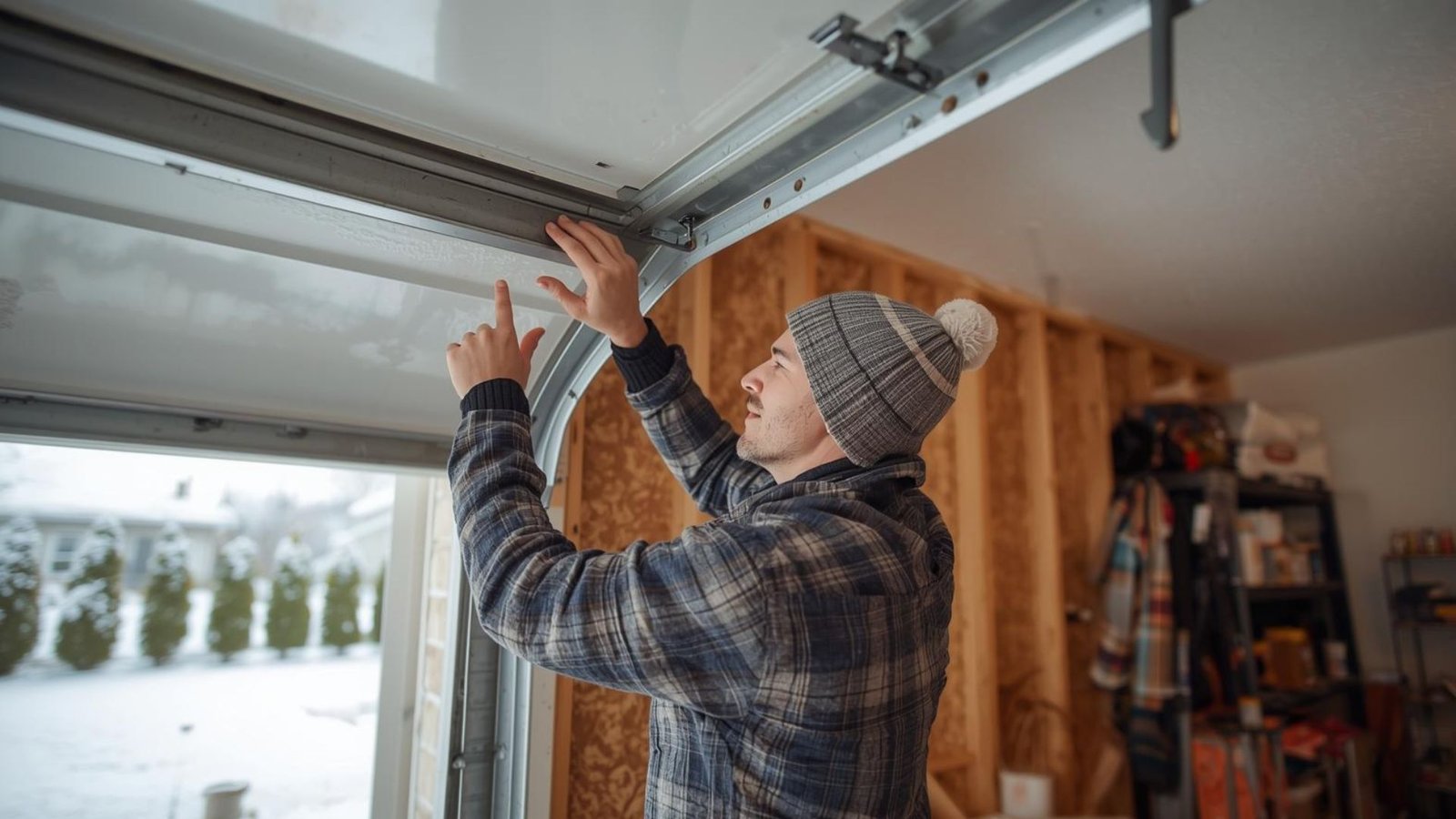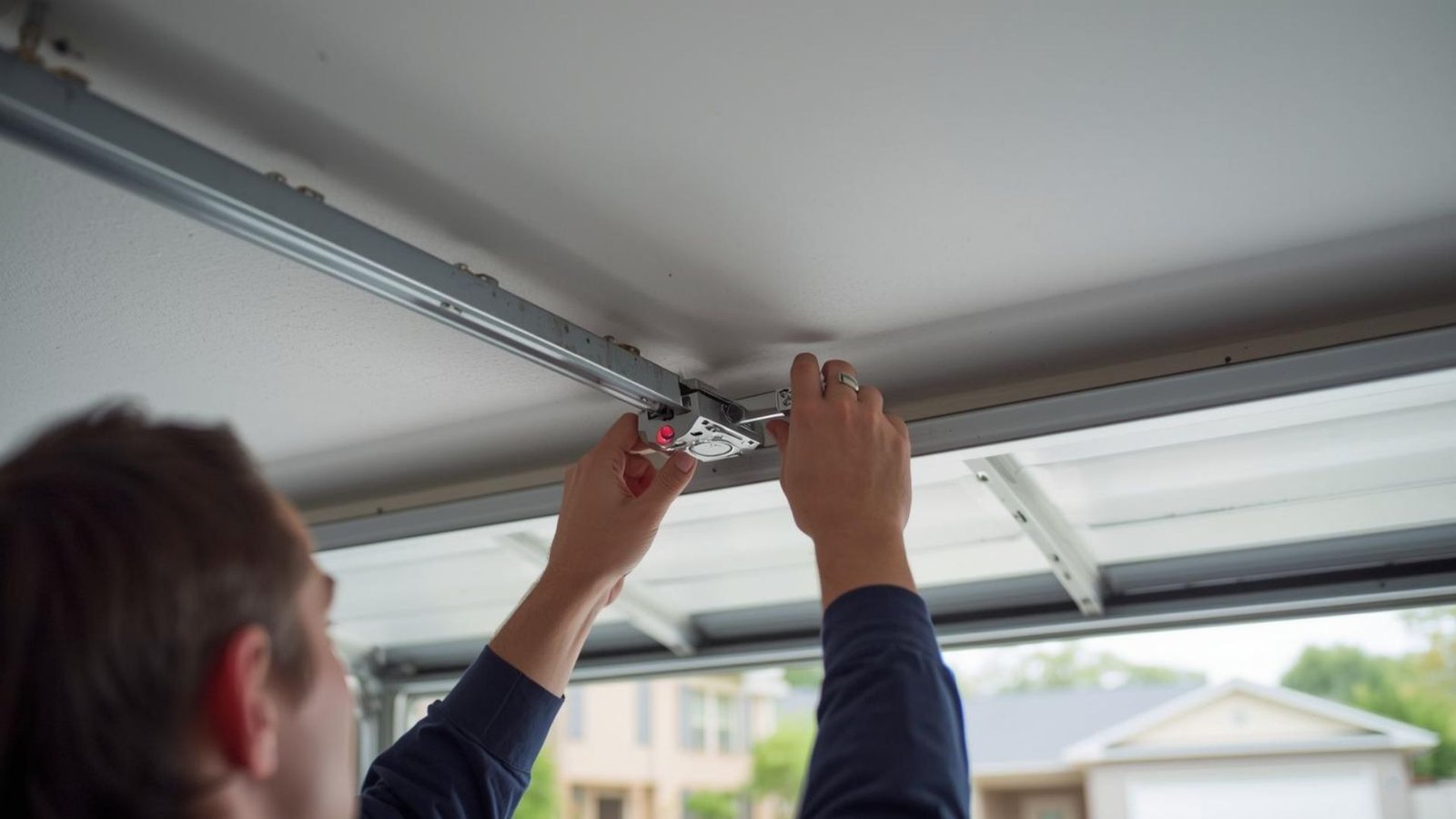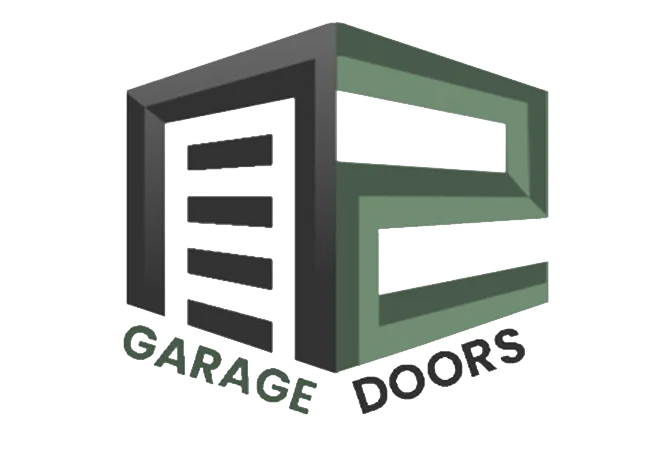How Long Do Garage Door Springs Last? Find Out What Impacts Their Lifespan
How Long Do Garage Door Springs Last? Find Out What Impacts Their Lifespan If you’ve lived in your home long enough, you’ve probably had your garage doors groan, jerk, or just refuse to open one day. Nine times out of ten? The culprit is a spring. But how long do garage door springs last, really? You’re not alone in asking. At 2Quick Garage Doors, we get this question from homeowners in The Woodlands all the time. Let’s break it down in plain English, no confusing technical lingo, so you can understand what’s going on with your garage door system and know when it’s time for a spring replacement. Understanding Garage Door Springs and Their Lifespan Garage door springs do the heavy lifting; literally. They carry most of the weight of the door, and without them, your garage door just wouldn’t work. There are two main types of garage door springs: Torsion Springs Mount above the door. Use torsion (mechanics) to control the force. Typically, they last longer than extension springs. Handle heavier garage doors like double car doors. Extension Springs Installed on the sides of the door. Stretch and contract to help lift and lower the door. Usually wear out faster than torsion springs. The lifespan of garage door springs depends on several variables: usage frequency, weather, steel quality, and maintenance. But as a general number, springs typically last: Torsion springs: 10,000 to 20,000 cycles (a cycle = one full open and close) Extension springs: Around 5,000 to 10,000 cycles So, if you use your garage twice a day, every day, your garage door springs could last 7 to 14 years for torsion, or 3 to 6 years for extension. What Impacts How Long Garage Door Springs Last? The springs may wear or break faster depending on these key factors: 1. Frequency of Use The more you open and close your garage door, the more strain on your springs. 2. Weight of the Door A heavier door stresses the springs. Weak springs on a heavy garage will wear faster. 3. Lack of Maintenance Springs will wear faster without regular lubrication and inspection. Friction and corrosion speed up failure. 4. Poor-Quality Springs Low-grade steel or poorly heat-treated springs won’t last as long. 5. Weather Humid and salty air can cause rust and fatigue (material) failure. Sudden temperature changes accelerate wear and tear. Signs Your Garage Door Springs Are Wearing Out Your garage door system gives off warning signs when the springs are nearing failure. Look (and listen) for: Noise: Squeaking or grinding when the door opens or closes. Door feels heavy or slams shut suddenly. You notice uneven movement or the door appears off-balance. You can’t open and close your garage fully. One spring looks elongated or fractured. You see gaps in a torsion spring, indicating it’s broken. The opener strains more than usual or reverses by itself. Any of these likely means your springs are wearing out, and spring breaking is just around the corner. How to Extend the Lifespan of Garage Door Springs While springs wear naturally, you can extend the lifespan of garage door springs by following a few practices: Lubricate the springs every 3-4 months. Schedule an annual garage door service and safety inspection. Replace both springs at once; a pair of springs works best when balanced. Keep an eye out for rust and apply anti-corrosion spray. Don’t wait to replace your springs if they’re already worn out. Doing this can extend the lifespan of your springs and keep your door operating smoothly for years. When Do Garage Door Springs Need to Be Replaced? Here’s the bottom line: garage springs will all eventually break and need replacing. So, how long do garage door springs last before they need replacing? If your door is over 10 years old and used daily, the springs could be nearing their end. When that time comes, it’s critical to replace the springs safely. Springs are under high tension, and attempting to fix a broken spring without training can result in serious injury due to high-voltage style force or mishandling of the counterweight system. Why Replacing Garage Door Springs Isn’t a DIY Job We get it, DIY is tempting. But with garage door torsion springs or high-tension extension springs, you’re working with tightly wound steel under enough pressure to cause serious risk. A garage door technician has the right training, tools, and safety procedures. If you’re noticing signs of worn-out garage door springs or have a broken garage door spring, it’s time to call for help. Whether it’s a garage door opener strain or a door weight causing imbalance, replacing your garage door springs is a job for the pros. Should You Replace Both Springs at the Same Time? Yes. Always. Whether it’s a double car door or a standard one, springs should last the same amount of time, and if one spring is worn out, the other is soon to follow. Replacing both ensures your door operates smoothly, stays balanced, and avoids further strain on the springs or hinge misalignment. Looking for expert help with garage door spring repair and replacement in The Woodlands? Learn more about our service here: garage door spring repair and replacement. Conclusion: Know the Signs, Act Early Understanding the lifespan of a garage door spring isn’t just handy; it can prevent serious problems. Garage door springs work tirelessly every day to lift and lower that heavy door. But like anything under constant strain, springs will last only so long. So, if you’re asking how long garage door springs last, the answer is: it depends, but they’re not meant to last forever. Routine care, basic awareness, and knowing when it’s time to replace them can save you hassle, money, and peace of mind. Noticed your door may be lagging, louder, or unstable? Don’t wait for a full failure. Reach out for a qualified garage door company in The Woodlands and replace your garage door springs before disaster (or an expensive repair) strikes.
